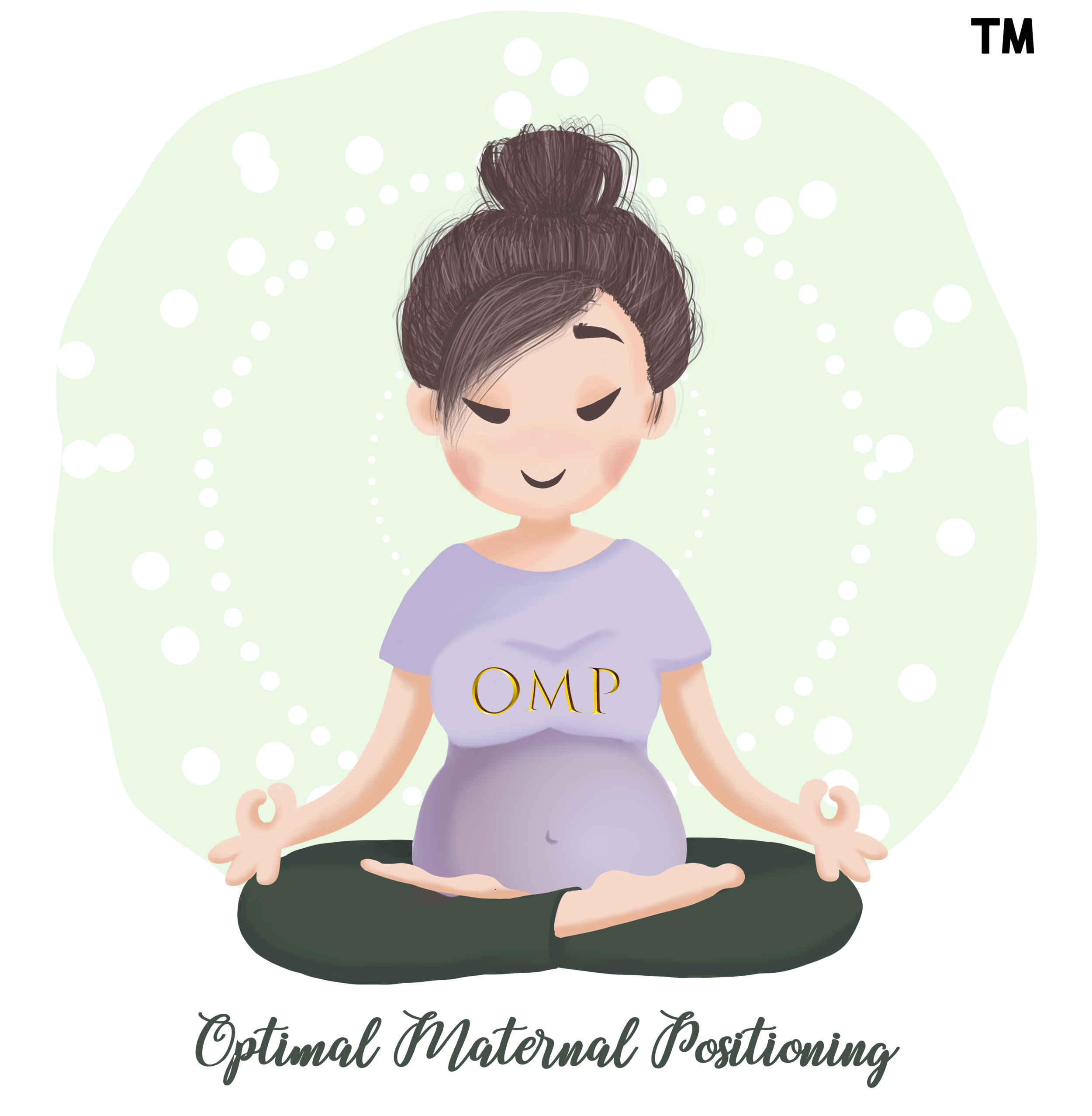OMP Active Birth Positions
Since the resurgence of the Active Birth Movement, more ‘advanced’ or ‘less medical intervention’ communities have recognised the importance of giving birth ‘off your back’ in order to ‘free the sacrum’, hence allowing both the sacrum and iliac the freedom to create space and open within the pelvis for the baby to pass through.
Restricted Pelvis
Whilst in some birthing cultures giving birth lying on your back is still considered normal, however this known to cause a ‘restricted’ pelvis where when lying on your back during labor, a laboring mother is putting weight on her sacrum which ‘restricts’ the opening and space available within the pelvis.
Whilst we are mostly in-agreement with Active Birth Positions, namely standing, sitting and being on all fours during labor and birth, there are also limitations to the knowledge available of how and what maternal positions and movements are truly beneficial for the laboring mother dependent on where the baby is and what space is needed within the pelvis.
For example, a very common position during labor is having a woman labor on all fours in early labor. When she is in an all fours position, it is important to ensure that her knees are hip-width apart, and hips, knees to ankles are in a right angle - this being the neutral position when in all-fours. At some point during this position, the laboring mother will sit back onto her ankles, creating an ‘extreme flexion’ where she is forward leaning against a gym ball or equivalent support, and her knees are actually higher than her hips. When in extreme flexion, the laboring mother is opening her outlet pelvis and closing her inlet pelvis so if she is still in early labor and her baby is still high, she is closing the space necessary for baby to engage and descend.
A common ‘resting’ position…
A laboring mother should avoid any position where her knees are higher than her hips until her baby’s head is very low and she is ready to bear down or push during the second stage of labor.
OMP Active birth positions
Because of the Active Birth Movement, as women are also encouraged to get off their backs to labor and birth, lying down is not seen as a helpful position to be in. It is however important to note that not all lying down positions cause a restricted pelvis which means that if you have a mother in a supine position versus side lying position, side lying position still allows pelvic mobility, it simply lacks gravity which may be some of what the mother is needing depending on whats happening during labor.
So in Optimal Maternal Positioning we classify OMP Active Birth Positions as:
Standing in a forward leaning position
Sitting on surfaces which still encourages pelvic mobility such as sitting on a gym ball, birth stool etc
Kneeling or ‘all fours’ with her knees hip-width apart, torso-pelvis-knees in a right angle
Side-Lying with her knees hip-width apart, hip-knees-ankles in a right angle
Squatting or any position where her knees are higher than her hips only when baby is in outlet pelvis and the laboring mother is feeling ready to bear down or push
Standing
Standing in a forward leaning position
Sitting
Sitting on surfaces which still encourages pelvic mobility such as sitting on a gym ball, birth stool etc
Kneeling
Kneeling or ‘all-fours’ with her knees hip-width apart, torso-pelvis-knees in a right angle
Side Lying
Side-Lying with her knees hip-width apart, hip-knees-ankles in a right angle
Squatting
Squatting or any position where her knees are higher than her hips only when baby is in outlet pelvis and the laboring mother is feeling ready to bear down or push
And in every…
OMP Active Birth Position, we aim to enable the mother to 1. understand maternal movements (which we classify under OMP Active Birth Positions), 2. maternal positions (which we classify under OMP Pelvic Mobility Protocols) and 3. OMP Comfort Measures with the aim of enabling the laboring mother to optimise her pelvis.








